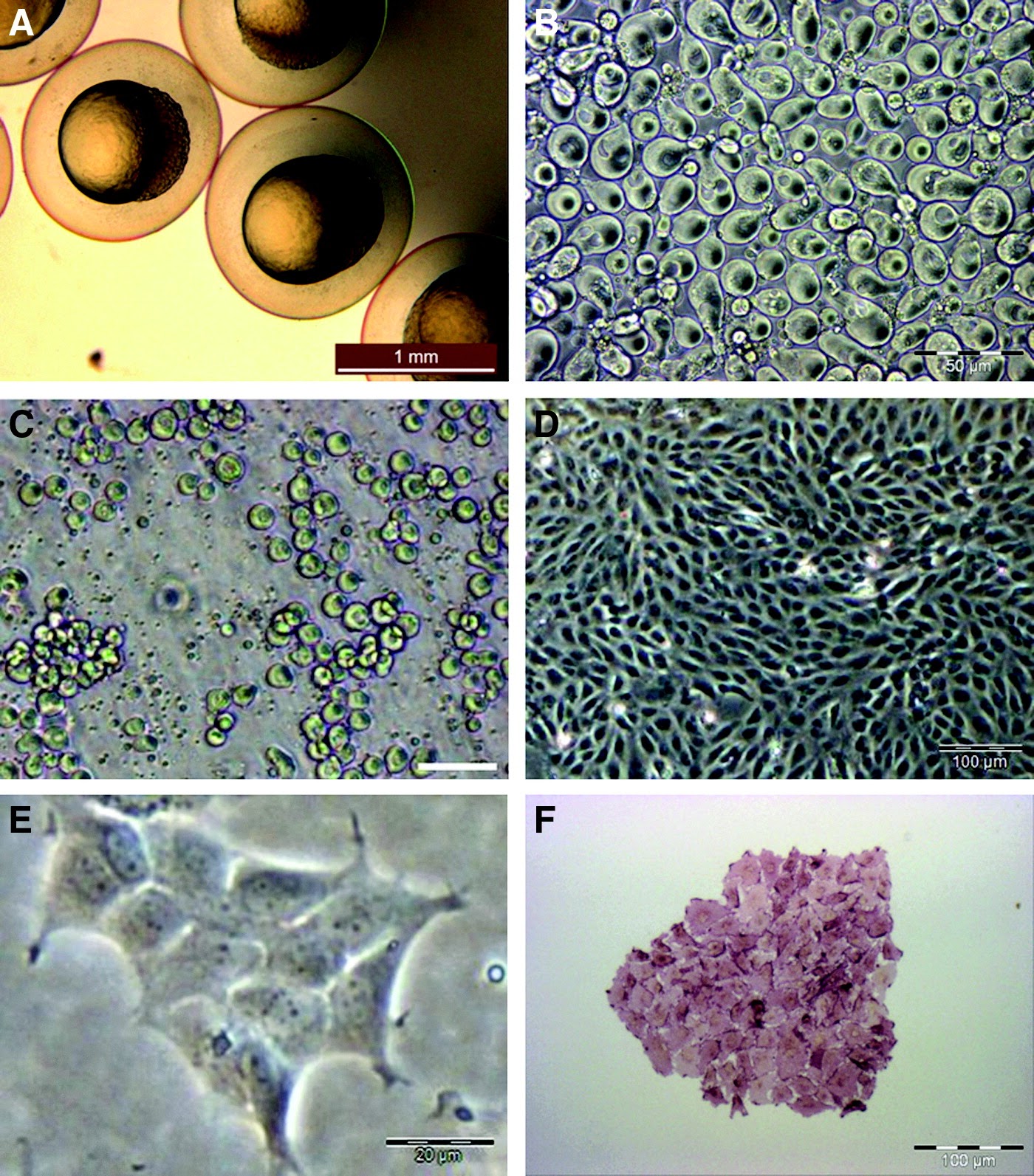Top leaders are the
most negative to their staff using social media for personal purposes at work,
still top executives
are, however, the most active social media users
for personal purposes during
working hours.
Managers are more negative about the use of social media for
private purposes in the workplace compared to subordinates. Still, top managers
are the ones who use private social media most during working hours.
Every day, more than one billion people worldwide use social
media. This habit has also invaded the workplace, as some research reports that
four out of five employees now use social media for private purpose during work
time.










+%232.jpg)







































